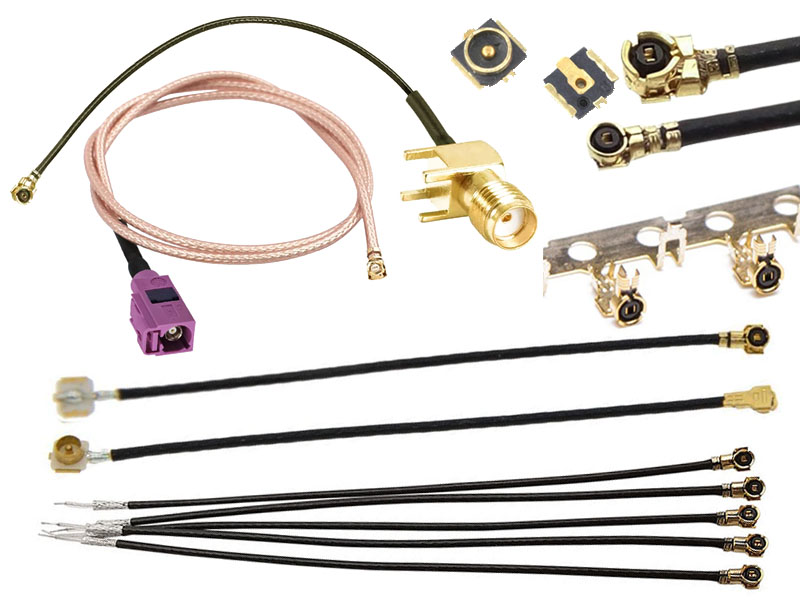-
We’re On Call 24/7 : +8613538296050
-
E-mail : anna@rohoconnector.com
We’re On Call 24/7 : +8613538296050
E-mail : anna@rohoconnector.com
In today's fast-paced world of technology, reliable and efficient connectivity is paramount. One integral component playing a crucial role in ensuring seamless connections is the IPEX connector. Renowned for its compact design and versatility, the IPEX connector has become a go-to choice for many applications. In this article, we will explore the installation methods of IPEX connectors and shed light on the commonly used cable components associated with these connectors.
IPEX connectors are known for their user-friendly installation methods, allowing for easy integration into various devices. Here are the two primary installation methods:
Surface Mount Technology (SMT): One common method for installing IPEX connectors is through surface mount technology. SMT involves soldering the connector directly onto the printed circuit board (PCB). This method offers a reliable and compact connection, making it widely used in compact electronic devices like smartphones, tablets, and laptops.
Through-Hole Technology (THT): Another installation method for IPEX connectors is through-hole technology. This method requires drilling holes on the PCB and inserting the connector pins through the holes. The pins are soldered manually or with the help of automated soldering equipment. THT is often preferred when a stronger mechanical connection is required, making it suitable for applications such as automotive electronics and industrial equipment.

To achieve optimal performance and connectivity, certain cable components are commonly used in conjunction with IPEX connectors. Let's explore some of these essential components:
Micro-Coaxial Cables: Micro-coaxial cables are a popular choice for IPEX connectors due to their small footprint and high flexibility. These cables are ideal for applications where space is limited, such as in consumer electronics, wireless devices, and medical equipment.
Flex Cables: Flex cables, also known as flexible printed circuits, are used in situations where the connection requires bending or flexing. These cables are made of thin and flexible materials, allowing them to withstand repeated movements without compromising the connection quality. They find applications in foldable devices, wearable technology, and automotive electronics.
Ribbon Cables: Ribbon cables, with multiple conductors arranged in a flat ribbon-like format, are often used in high-density applications. They offer a compact and organized wiring solution for devices like computer systems, data centers, and communication equipment.
Coaxial Cables: Coaxial cables are widely used with IPEX connectors to ensure high-frequency signal transmission and minimize signal loss. These cables consist of a central conductor surrounded by an insulating layer, a metallic shield, and an outer insulating jacket. Coaxial cables are commonly employed in wireless communication systems, telecommunication networks, and audio/video applications.
In conclusion, IPEX connectors offer versatile connectivity solutions for a wide range of applications. With user-friendly installation methods like surface mount technology and through-hole technology, these connectors can be seamlessly integrated into electronic devices. When combined with appropriate cable components such as micro-coaxial cables, flex cables, ribbon cables, and coaxial cables, IPEX connectors enable reliable and efficient data transmission. Whether in consumer electronics, automotive applications, or telecommunications, the IPEX connector continues to play a crucial role in advancing connectivity technologies.